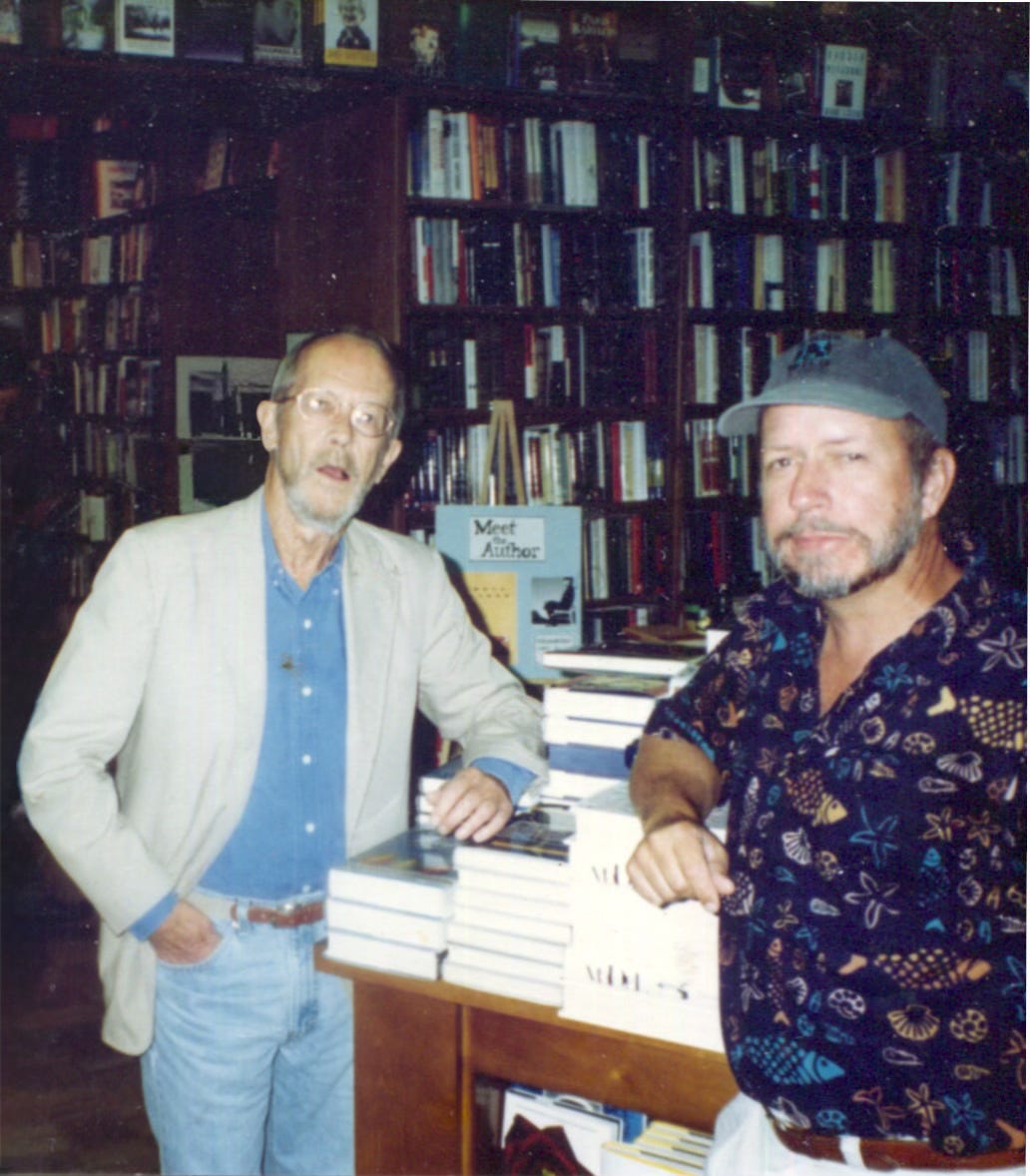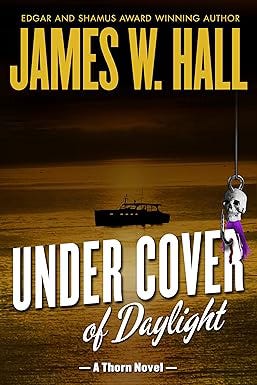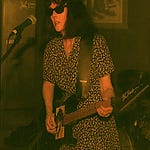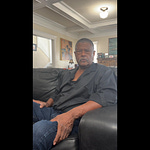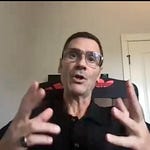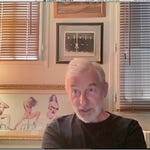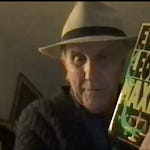JAMES W. HALL first read LaBrava while teaching a mystery fiction class at Florida International University in the mid-1980s. It was his “fun” course — a break from the highbrow literature he taught during the week. Jim wrote Dutch a fan letter describing what he and his students had found: a recurring image pattern of “black and white” that ran through the novel, from photographs to film to characters.
Dutch replied on a postcard: “Thanks very much. I’m really happy to hear that your students liked the book, but I probably wouldn’t do very well in your class because I have no idea what an image pattern is.” Hall said that gentle slapdown told him everything about Dutch’s attitude toward “academic” analysis — and he loved him for it.
After several unpublished novels and “good rejection letters,” Hall decided he needed a “crutch.” He took one of Dutch’s novels and dissected the first chapter: counting characters, pages, dialogue, backstory, and action — everything that defined how a story moved. He didn’t copy Dutch’s words, only his structure. Jim wrote his own chapters until he was fifty pages in — and then he escaped gravity. That book became Under Cover of Daylight, his first published novel.


